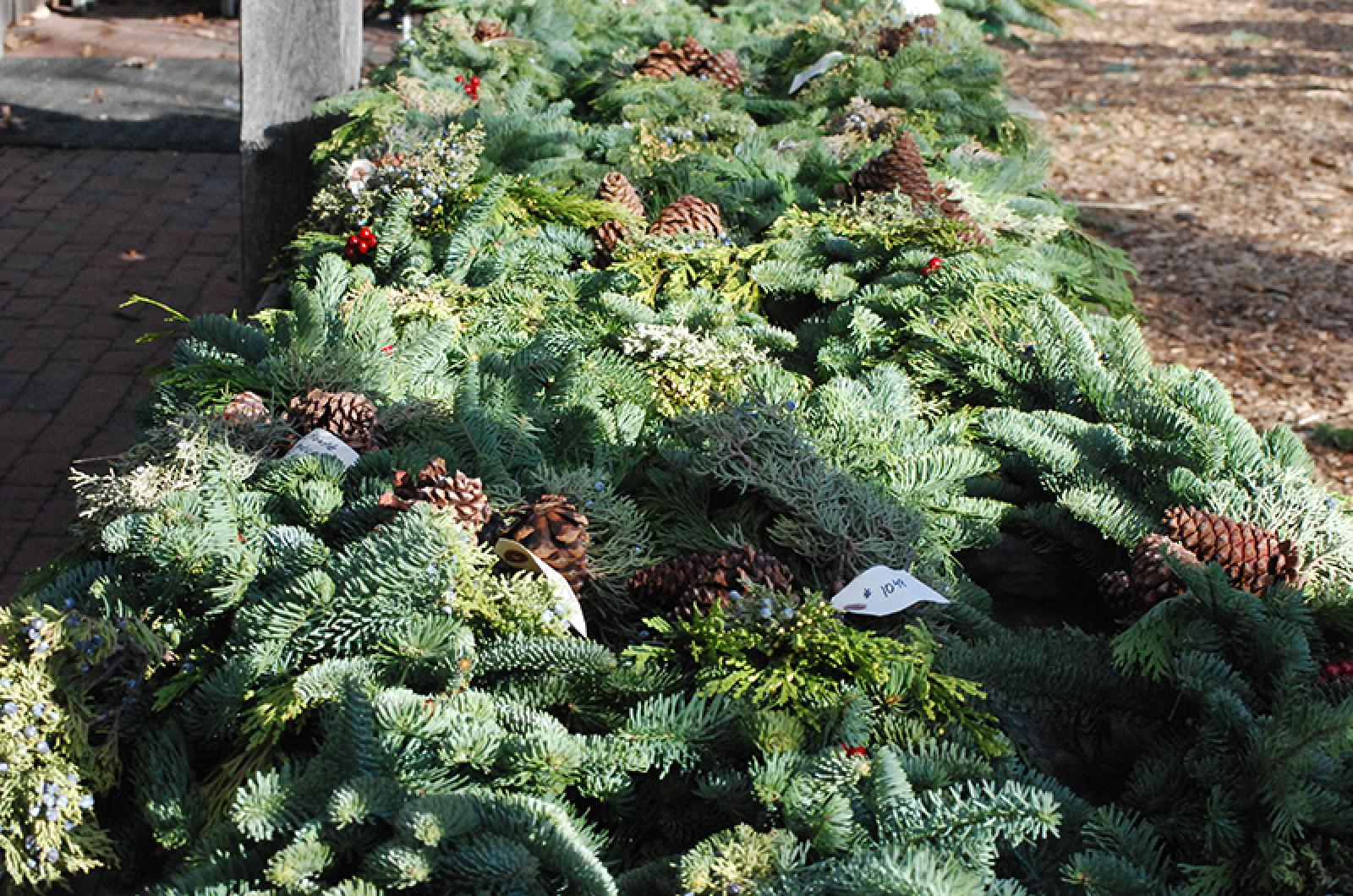There is no need to get a bee in your bonnet about bugs in your Christmas tree.
Chances are your tree is insect-free, though that hasn’t stopped news and social media from picking up the story of tree-living insects invading your home this holiday season.
Pest control companies and others annually roll out tales of terrible troubles with fauna festering in your home holiday greenery, claiming that one single tree can harbor up to 25,000 bugs. Others vehemently refute that claim, insisting that not only are there fewer insects, but the chance of having a significant infestation is rare, perhaps one in 100,000.
Mythbusters, PolitiFact and Snopes had little to say about the realities of an insect invasion of your tree, though Snopes does bust the belief that ticks can be harbored within your tree. Their specialists suggest that perhaps a passing dog transferred any ticks seen on the holiday tree, as ticks aren’t especially attracted to the usual varieties of Christmas trees.
There are about 33 million real Christmas trees sold in the United States annually. Most come from tree farms which are well versed in pest and disease control of their trees. It shouldn’t be surprising that you are more likely to have insects on your tree if you cut it yourself from local woods than if you purchase one derived from a tree farm.
However, insects are possible hitchhikers and there are stories every year of holiday bug incursions. The most common housemates that you might acquire from Christmas trees are aphids, spiders, mites, adelgids, pine needle scales, sawflies, bark beetles and even praying mantises.
Most are on the tree in egg form, as these insects were in their dormant stage, overwintering in the cold outdoors before coming into your warm house. Note that the brown, walnut-sized egg case of the praying mantis holds up to 400 eggs, so look for it!
The increase in temperature from outdoors to your cozy domicile makes the resting larvae think that it is spring, so they hatch out ready to take on the world. Unfortunately for them, they will quickly die due to desiccation (lack of water) or inability to find food.
If you see insects that have come off of your tree, don’t squash them on the floor, carpet, or furniture, as they can leave a red, purple, or brown stain on those surfaces. Suck them up in your vacuum, or work on prevention.
Experts suggest shaking the tree well (outside is best) to loosen any hangers-on. Also, consider leaving the tree in the garage for a few days to get those insects going before you decorate the tree. Other, more extreme ideas include dusting the tree with diatomaceous earth or spraying with neem oil. Don’t ever use insecticides, as these can be flammable and could lead to a bigger problem than bugs.
There is one intruder that is worth mentioning and taking very seriously. The newest and perhaps most dangerous invasive insect to come along in a long time is the spotted lanternfly. This destructive beast has folks on high alert since an infestation could be catastrophic to agriculture.
First found four years ago in Pennsylvania, lanternflies have since been detected in three counties in New Jersey. No sightings have been confirmed in Massachusetts, which is very much a holiday blessing, and vigilance is required for this dangerous pest.
Though it’s the season of presents, hopefully yours will be wrapped and not crawling: that will be the best gift of all.
Suzan Bellincampi is director of the Felix Neck Wildlife Sanctuary in Edgartown, and author of Martha’s Vineyard: A Field Guide to Island Nature and The Nature of Martha’s Vineyard.




Comments
Comment policy »